
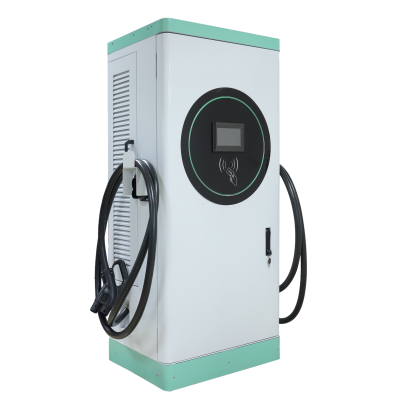

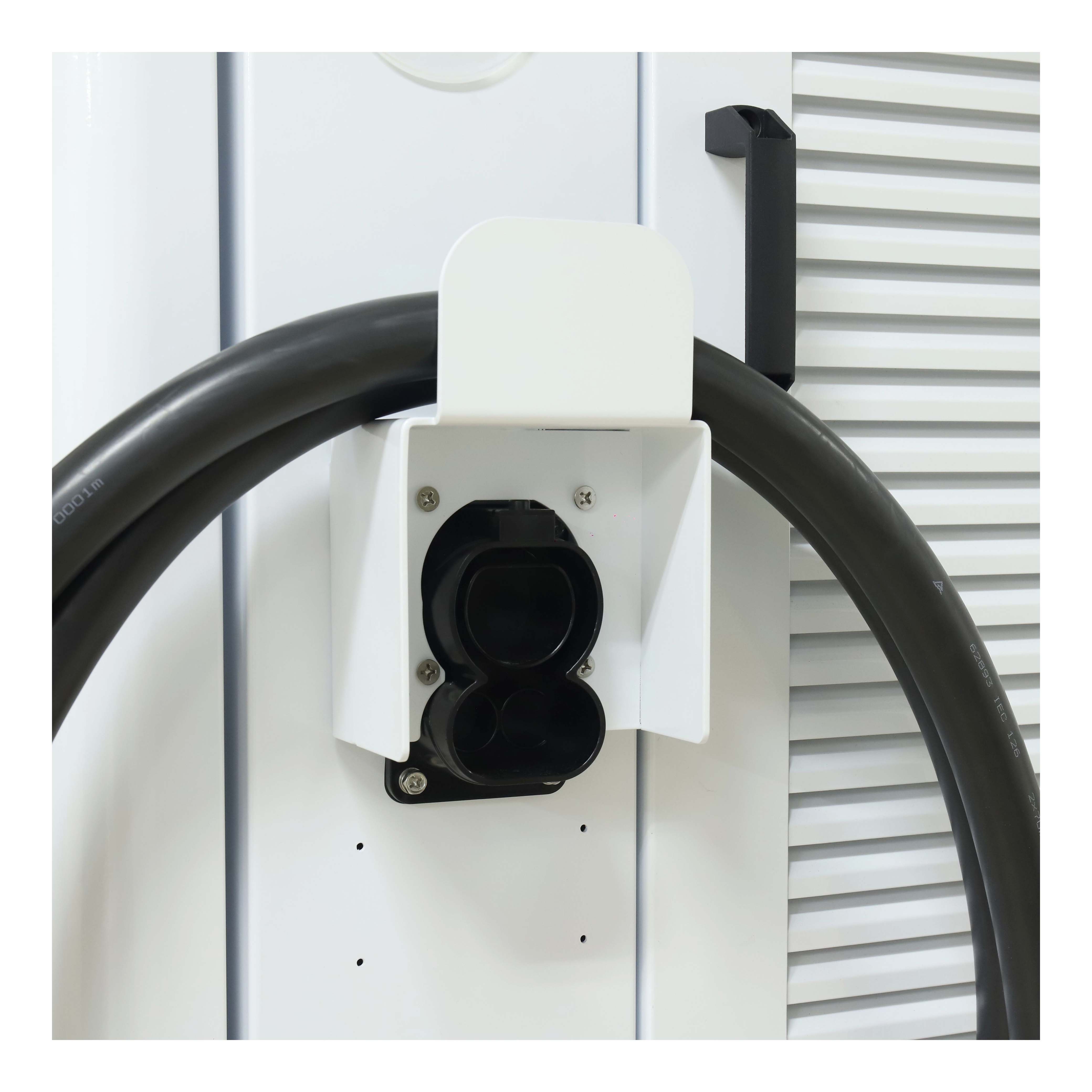
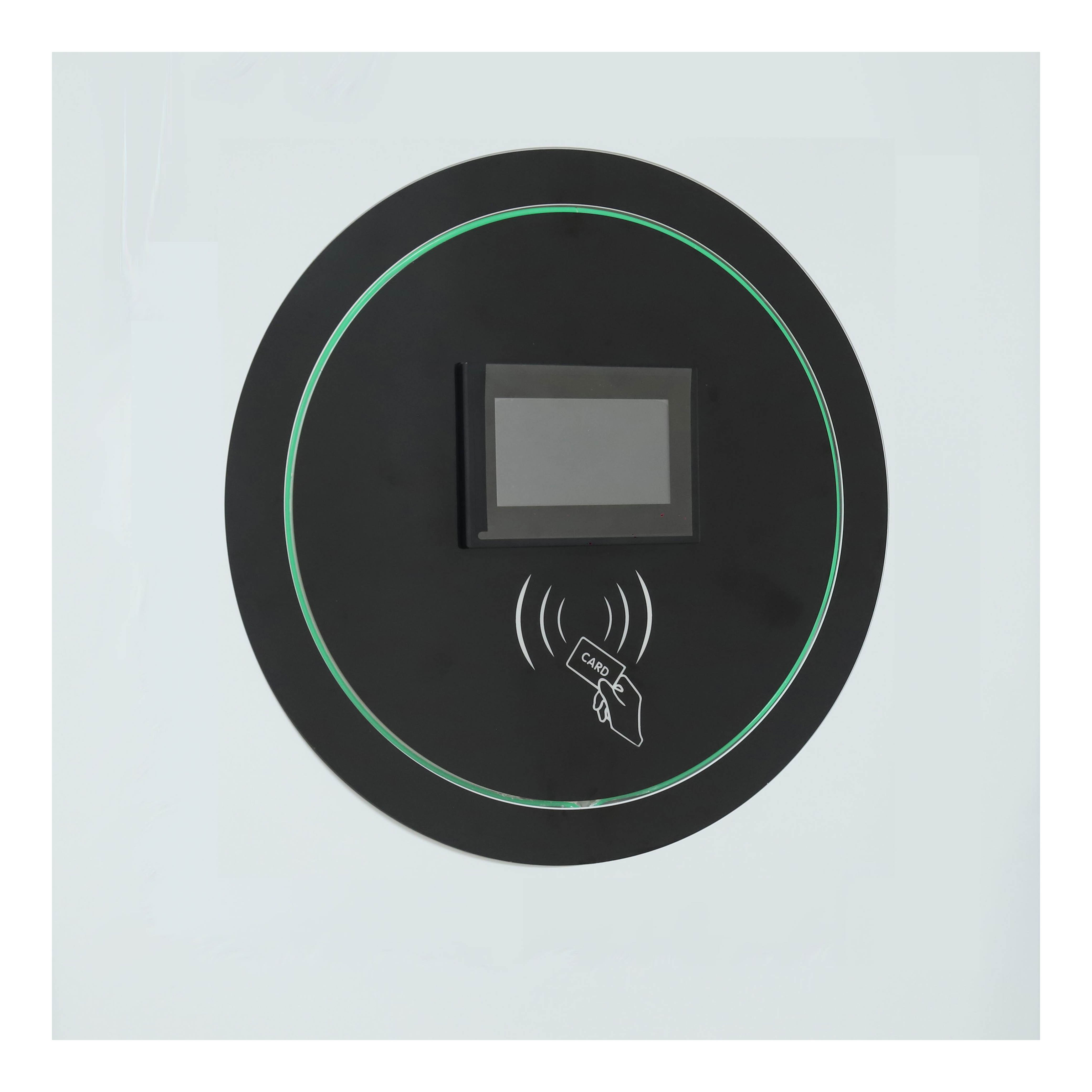



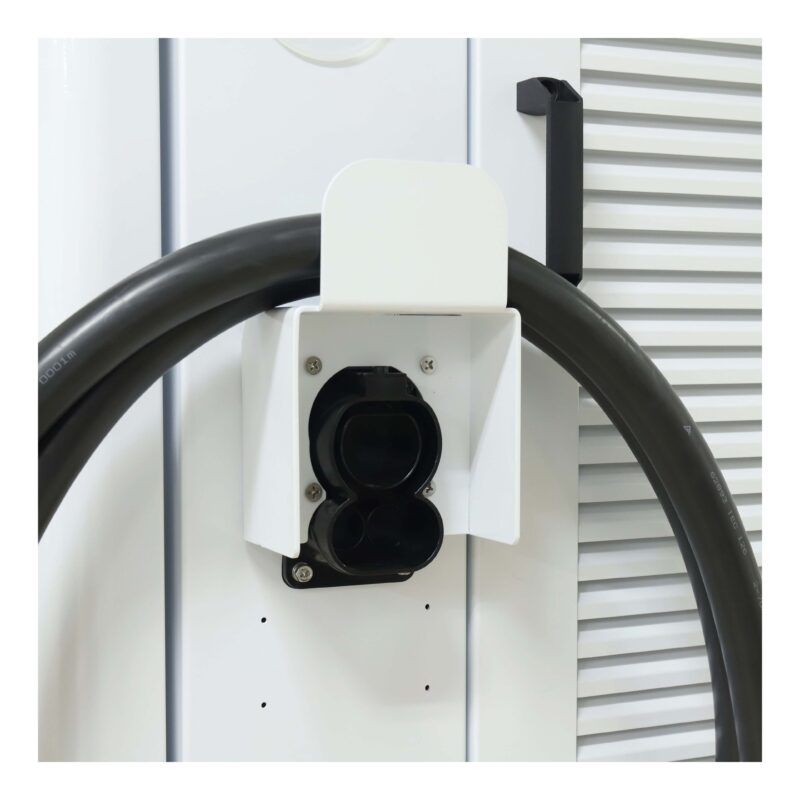
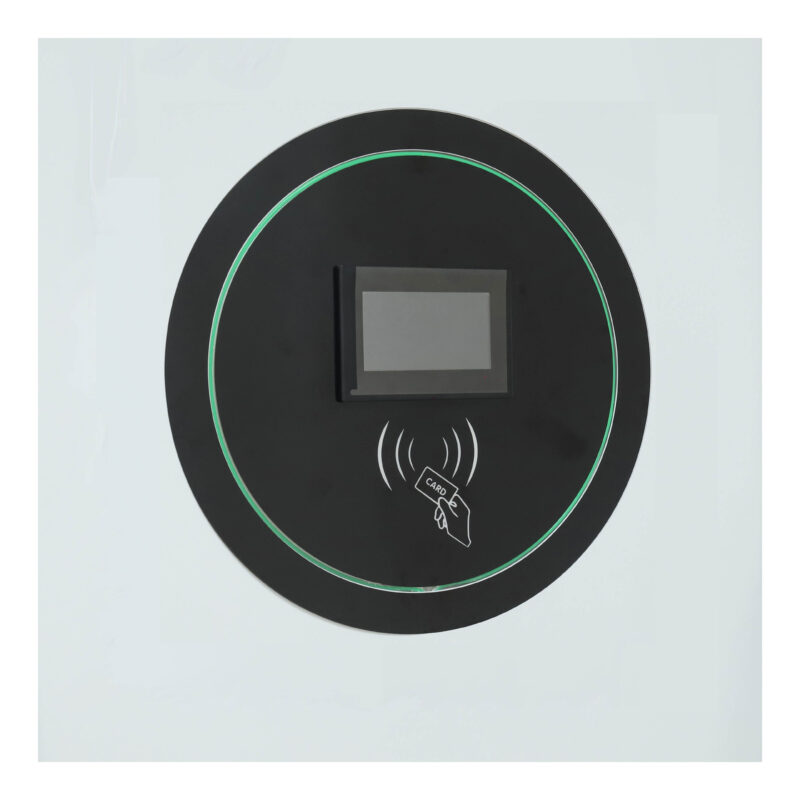
Floor-Mounted 2 Guns DC EVCharger
The 2 Guns DC fast charger for electric vehicles is designed to provide high-efficiency charging with power outputs ranging from 60kW to 240kW. It can charge multiple electric vehicles at once, making it ideal for commercial EV charging stations. With flexible charging solutions, this EV charger supports various types of electric vehicles, ensuring quick and reliable charging performance.
- IP54
- OCPP 1.6
- Full Protection
Charging Power
- Detailed Specifications
- Rated power:60kW-240kW
- Input current:95A-400A
- Gun quantity:2
- Cable length:5M or customized length
- Size(mm):1750X620X780
- Altitude:2000M
- Gun cable length:5M(customization acceptable)
- Input voltage:AC380V+20%/AC480V+20%(optional)
- Output current:0-250A
- Charging way:Charge alternately/evenly
- Interface:7" color touch screen+C card contacless card reader
- Weight:380KG
- IP level:IP54
- Standard:China standards(GB/T):20234,18487 ;urope standards(CCS): EN61851,EN62196 ;Japan standards :Chademo
- Output voltage:200-750V(200-1000V)
- Frequency:50~60 HZ
- Charging mode:Plug and play/RFID/OCPP
- Networkconnection:Standard configuration:CAN/485/Ethernet Selective:GPRS/4G/WIFI
- Operating temperature:-25°C~+50°C(Derating higher than 50°C)
- OperationHumidity:5%-90%RH,non-condensiong
- Protocol:China standards(GB/T):27930;Europe standards(CCS):DlN70121 1S0 15118;Japan standards :Chademo 2.0
Industrial design of appearance patents
- Classic floor standing appearance with stable frame design.
Safe and reliable
- Protection grade up to lP54,moisture-proof,water-proof,condensening proof,dustproof and flame retardant.
- With over and under voltage,overload,short circuit,leakage,battery anti-reverseprotection,ect.
- lK10 anti-collision level.
Rich configuration
- Supports OCPP, DLB (Dynamic Load Balancing), WIFl, LAN, 4G;
- Simultaneously having multiple payment channels for RFlD/Backend/POS machines.

Excellent Quality
- The pursuit of ultimate quality control is what we keep striving for. The internal core circuit uses military - grade components. After 5000 stringent aging tests, it ensures that every component can operate stably. The product has high current output stability, with fluctuations controlled within a very small range, effectively avoiding damage to the battery caused by unstable current and extending the battery life by more than 20%. At the same time, it has multiple over - voltage, over - current, and leakage protection functions. Once an abnormality is detected, the power can be cut off within 0.01 seconds to ensure a safe charging process.
Customized Smart Fast Charging
- We offer highly precise customization of charging modes and functions, meticulously catering to the distinct client usage scenarios. Take commercial centers, for instance, where a large number of diverse electric vehicles come for quick top - ups during peak shopping hours. We design charging modes that prioritize fast charging speeds, allowing customers to charge their vehicles swiftly while they shop. The functions are set to handle the high - density traffic of charging requests, ensuring seamless operation even when multiple cars are plugged in simultaneously.
Considerate Value - added Services
- We not only provide high - quality products but also bring you a series of considerate value - added services to create a super - value service experience for you. During the operation process, we provide you with big data analysis services. By collecting and analyzing charging data, we provide you with information such as user behavior analysis and prediction of peak and off - peak charging hours, helping you optimize your operation strategy and improve operation efficiency. Moreover, we also provide advertising investment promotion services for charging facilities to help you explore additional profit channels and increase revenue. From equipment procurement to operation management, our value - added services are everywhere, allowing you to enjoy a full - range of super - value experiences.
Explore our wider range of charging products
Our success stories
From homes to commercial spaces, from cities to remote areas, witness how we drive the growth of the EV charging sector with exceptional products and services.
EV Charging Resources
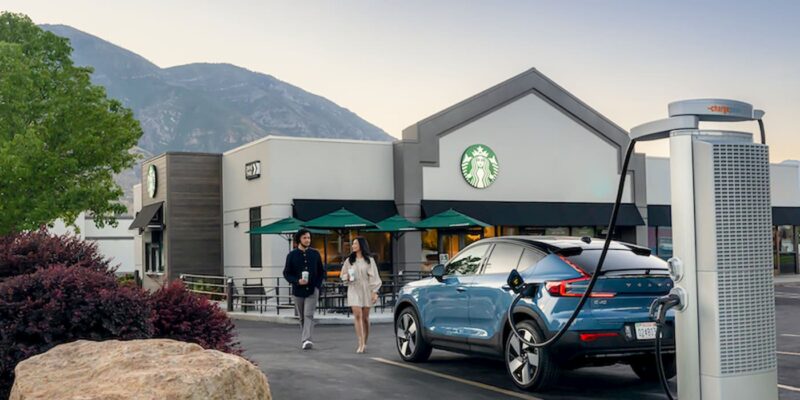
Charging Station + Convenience Store Model: Mutual Benefit or Mere Appearance?
The EV charging-convenience store model offers mutual benefits: predictable foot traffic, higher sales, and optimized energy use. Strategic location (highways, urban deserts) with tiered pricing and dynamic models (leasing, profit-sharing) ensures success. Challenges like power supply and costs are addressed via government incentives and smart planning. Future trends include renewable integration, ultra-fast charging, and data analytics. This partnership capitalizes on EV growth for long-term profitability.
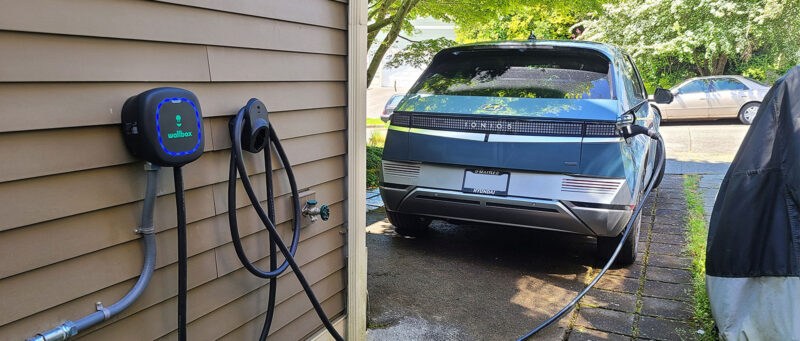
How Can Charging Station Interfaces Be Adapted for Elderly Users?
Elderly drivers face challenges with EV charging due to physical, cognitive, and environmental barriers. Solutions include intuitive interfaces (large fonts, high contrast), simplified controls (physical buttons, voice prompts), lightweight cables, diverse payment options, and training programs. Future trends involve AI-driven personalization and adaptive interfaces. Manufacturers like TX can customize these aging-friendly designs to meet operator needs, ensuring inclusive and accessible EV charging for all users.

What Will Charging Stations Look Like in 2040?
By 2040, EV charging infrastructure will be widespread, intelligent, and sustainable. Charging stations will integrate seamlessly into urban environments (lampposts, roads) and prioritize ultra-fast speeds (350kW+), smart grids, and vehicle-to-grid (V2G) energy exchange. Renewable energy adoption, megawatt charging for trucks, and wireless solutions will dominate, while businesses shift to subscription models and data-driven services. Enhanced safety protocols, cybersecurity, and reliability ensure seamless, eco-friendly charging, supporting a cleaner, grid-responsive future.

Do You Need an EV Home Charger?
A home EV charger isn’t mandatory but enhances convenience, cost-efficiency, and battery health. Public charging risks availability issues and higher costs. Opt for Level 2 charging (240V) for home use, balancing speed and affordability. Assess electrical capacity and explore government subsidies for installation savings.
get a tailored OEM solution
- Comprehensive OEM solutions
- Safe and reliable chargers
- Cost-effective options
- Suitable for all types of businesses
